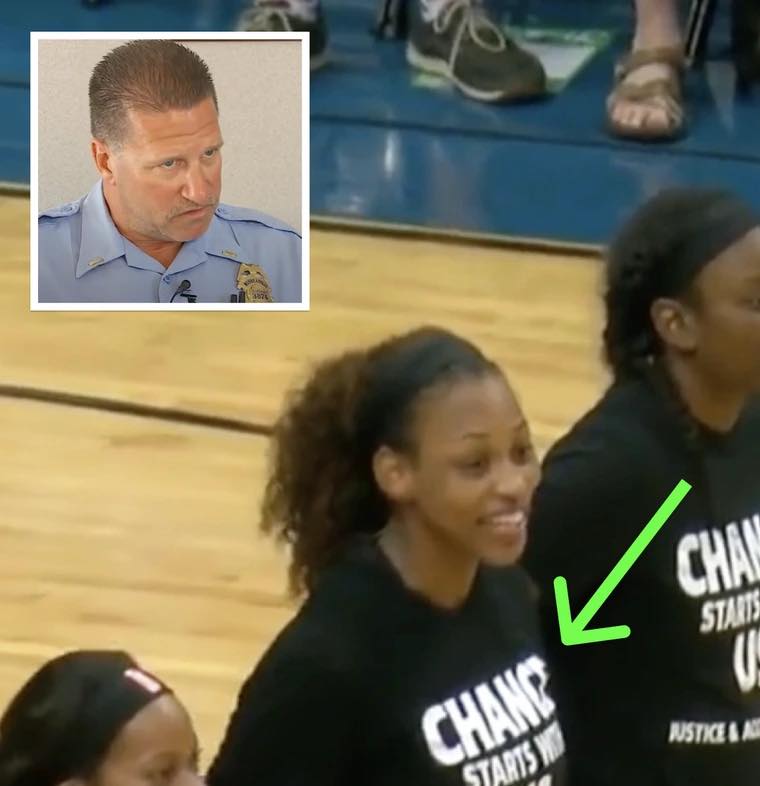If you find this bug in your hair. How to get rid of them and stop them coming back
Head lice are every parent’s dreaded and unwelcome visitor—tiny, persistent parasites that can turn a calm household into an ongoing, itchy battle. These minute pests often make their appearance during the school year, when children are in close contact with one another. They spread quickly through head-to-head contact or by sharing personal items like hats, combs, and headphones. Once lice arrive, they can move from one person to another with surprising ease, and eliminating them requires time, patience, and thoroughness.
Lice are small, wingless insects that live exclusively on the human scalp, where they feed on tiny amounts of blood several times a day. The itching they cause is the body’s allergic reaction to their bites. Their eggs, known as nits, are cemented to the hair shaft with a glue-like substance that makes them stubbornly difficult to remove. These eggs are often found close to the scalp, where warmth helps them hatch. While lice are not known to spread disease, their presence can cause significant discomfort, sleep disturbances from itching, and, in some cases, skin irritation from excessive scratching.
Lice can also survive away from the scalp for up to 48 hours, which means a reinfestation can happen if clothing, bedding, or accessories are not properly cleaned. This is why any effective treatment plan must address both the person and their environment.
The first step in treatment is to use a medicated shampoo, lotion, or rinse specifically formulated to kill head lice. These over-the-counter treatments often contain active ingredients such as permethrin or pyrethrin. It’s important to follow the product’s instructions exactly—covering all hair and scalp surfaces for the recommended time, then rinsing thoroughly. While these treatments typically kill live lice, they may not destroy all nits, which is why manual removal is essential.
After treatment, use a fine-toothed nit comb on damp, conditioned hair to remove nits and dead lice. Work in small sections, starting from the scalp and pulling the comb through to the ends of the hair. Wipe the comb after each pass to avoid spreading any remaining lice. Because some eggs may hatch after the first treatment, most experts recommend repeating the process in 7 to 10 days to catch newly emerged lice before they can reproduce.
Cleaning your surroundings is equally important. Wash all clothing, bedding, hats, and towels used in the past 48 hours in hot water, then dry them on high heat. Items that cannot be washed can be sealed in a plastic bag for two weeks—long enough for any lice to die without a host. Vacuum carpets, upholstered furniture, and car seats to remove stray hairs that may carry lice or nits.
To prevent future outbreaks, teach children to avoid sharing personal items like brushes, hair ties, and helmets. Regularly check their scalps, especially during the school year, and keep long hair tied back in braids or ponytails. If lice persist despite treatment, or if scratching causes infection, consult a doctor for prescription-strength options.
With consistent care, thorough cleaning, and a little patience, lice can be eliminated—turning an itchy household back into a peaceful one.

